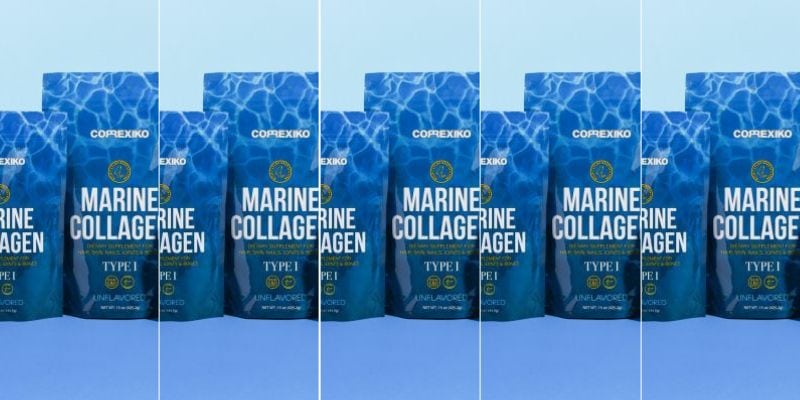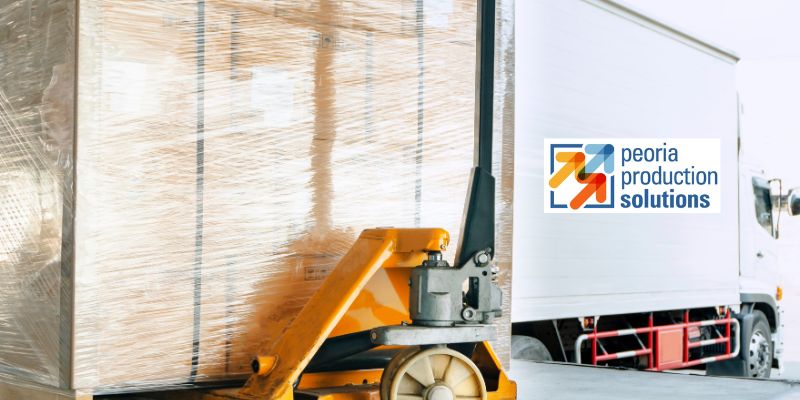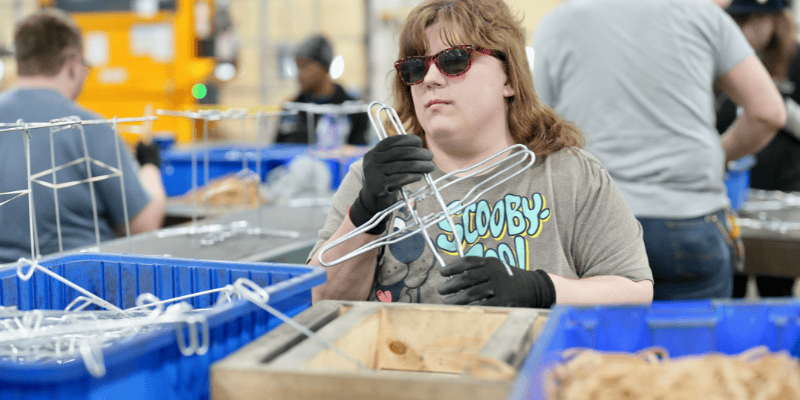Exploring the Benefits and Applications of Cold Seal Packaging
Cold seal packaging is a method of sealing packages using pressure-sensitive adhesives that bond when pressed together, without the need for heat. This technique is widely used in various industries for its efficiency and ability to protect heat-sensitive products. Unlike traditional heat sealing methods, cold seal packaging relies on cohesive …





